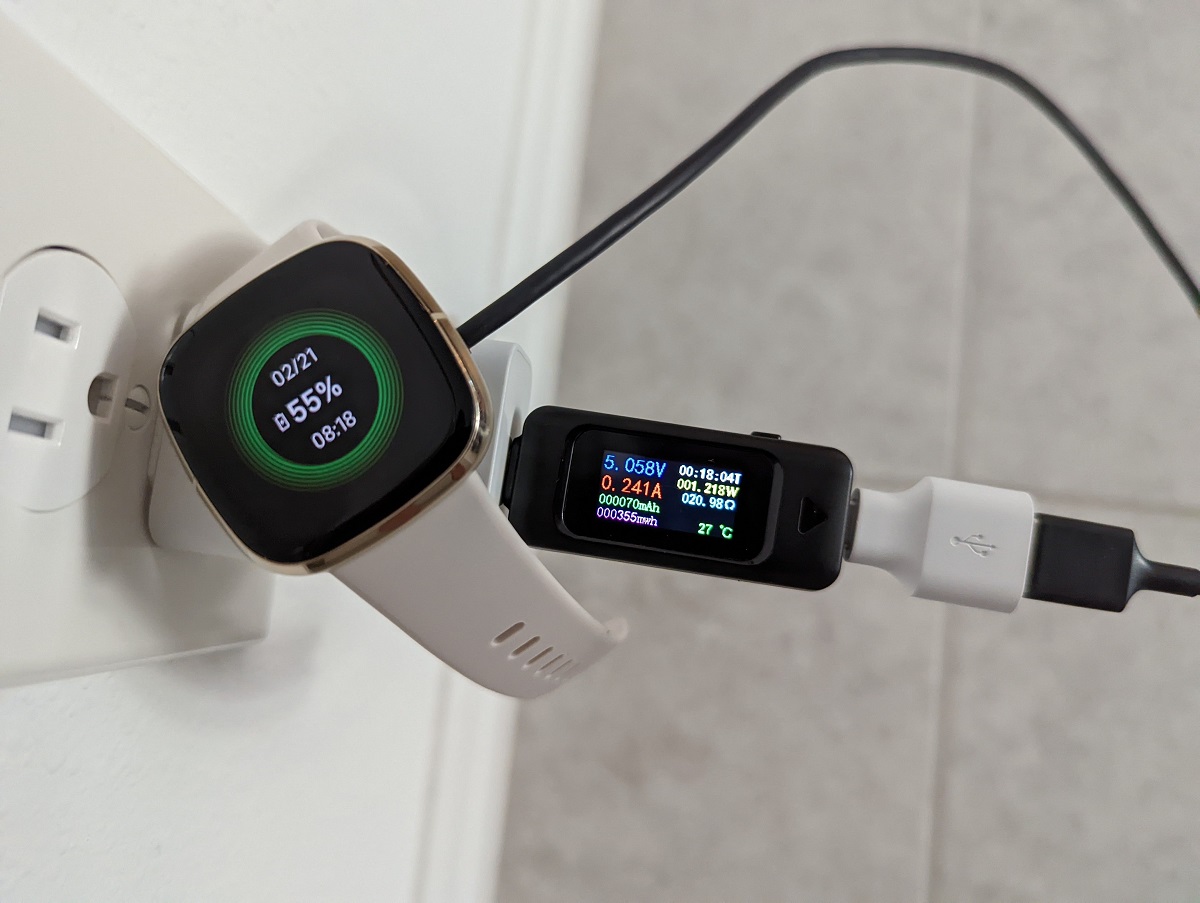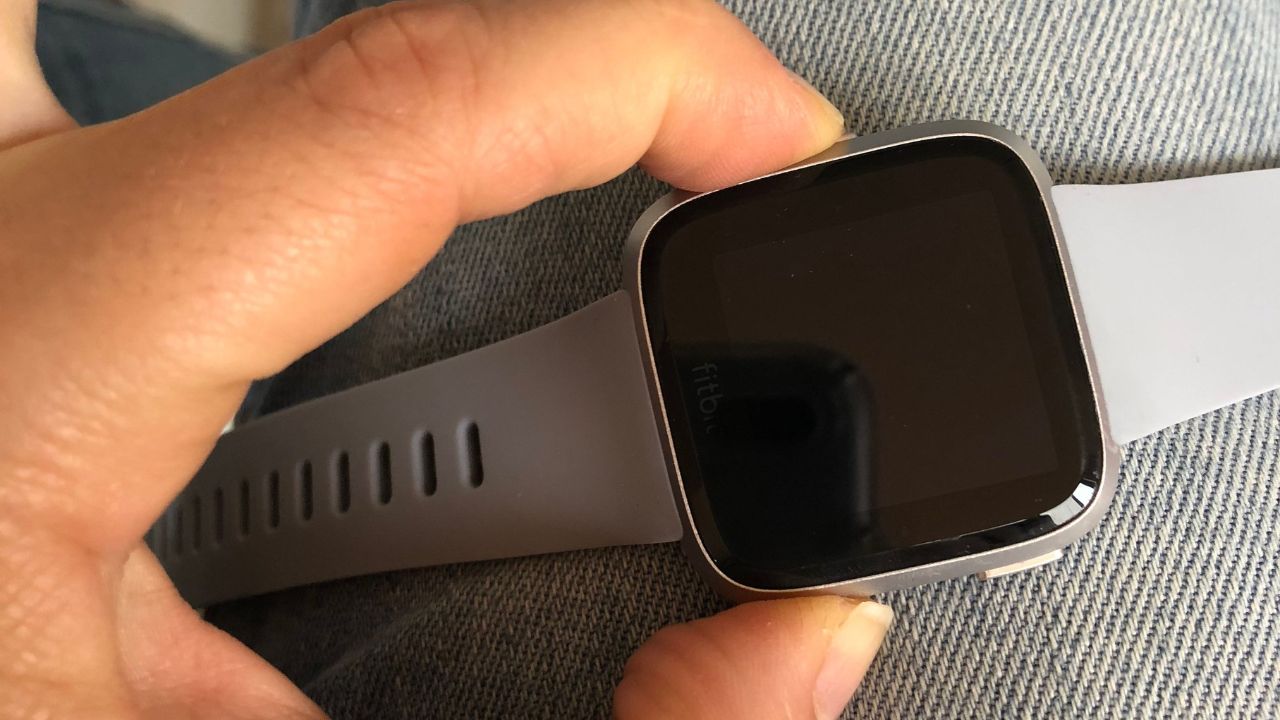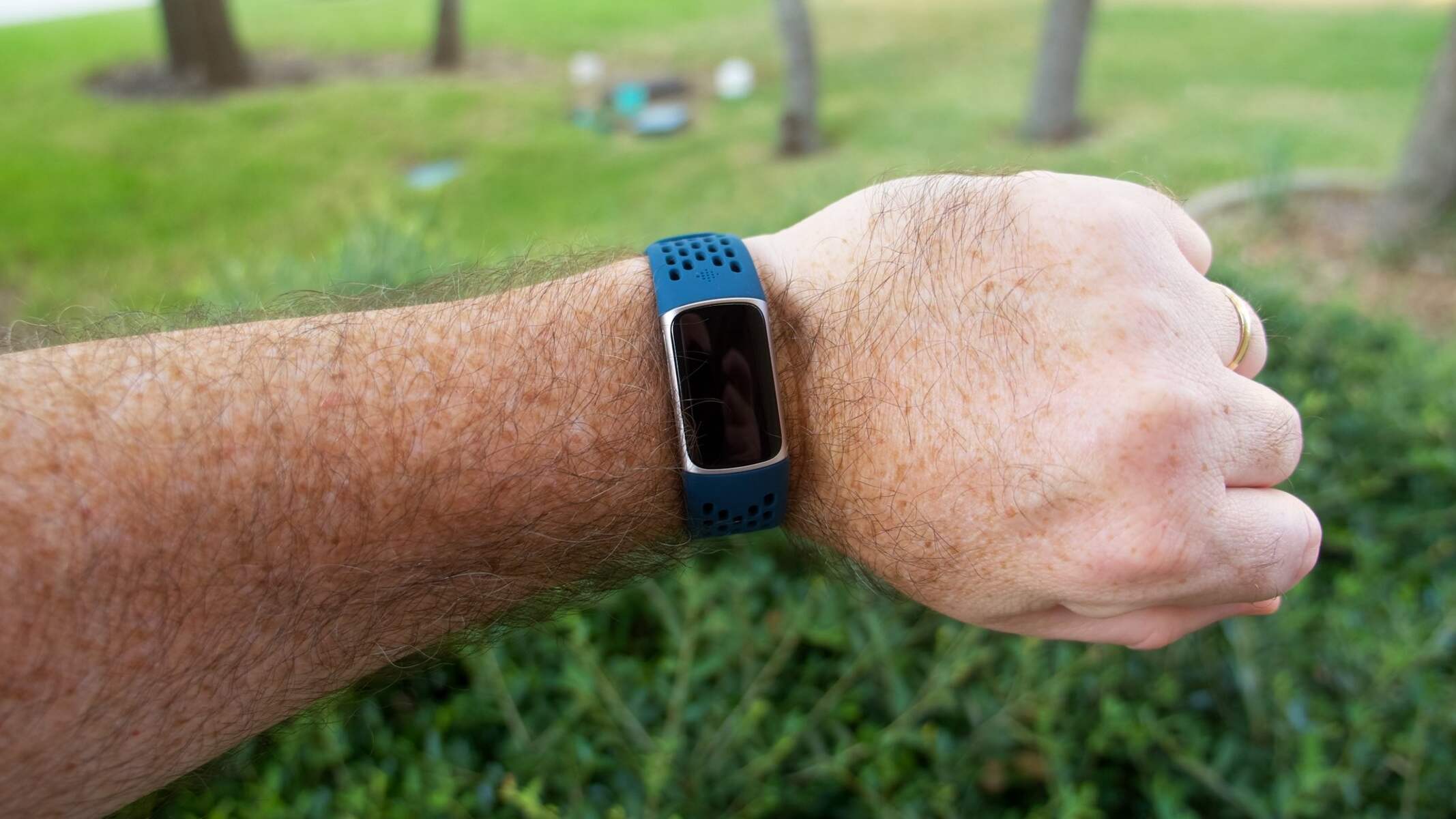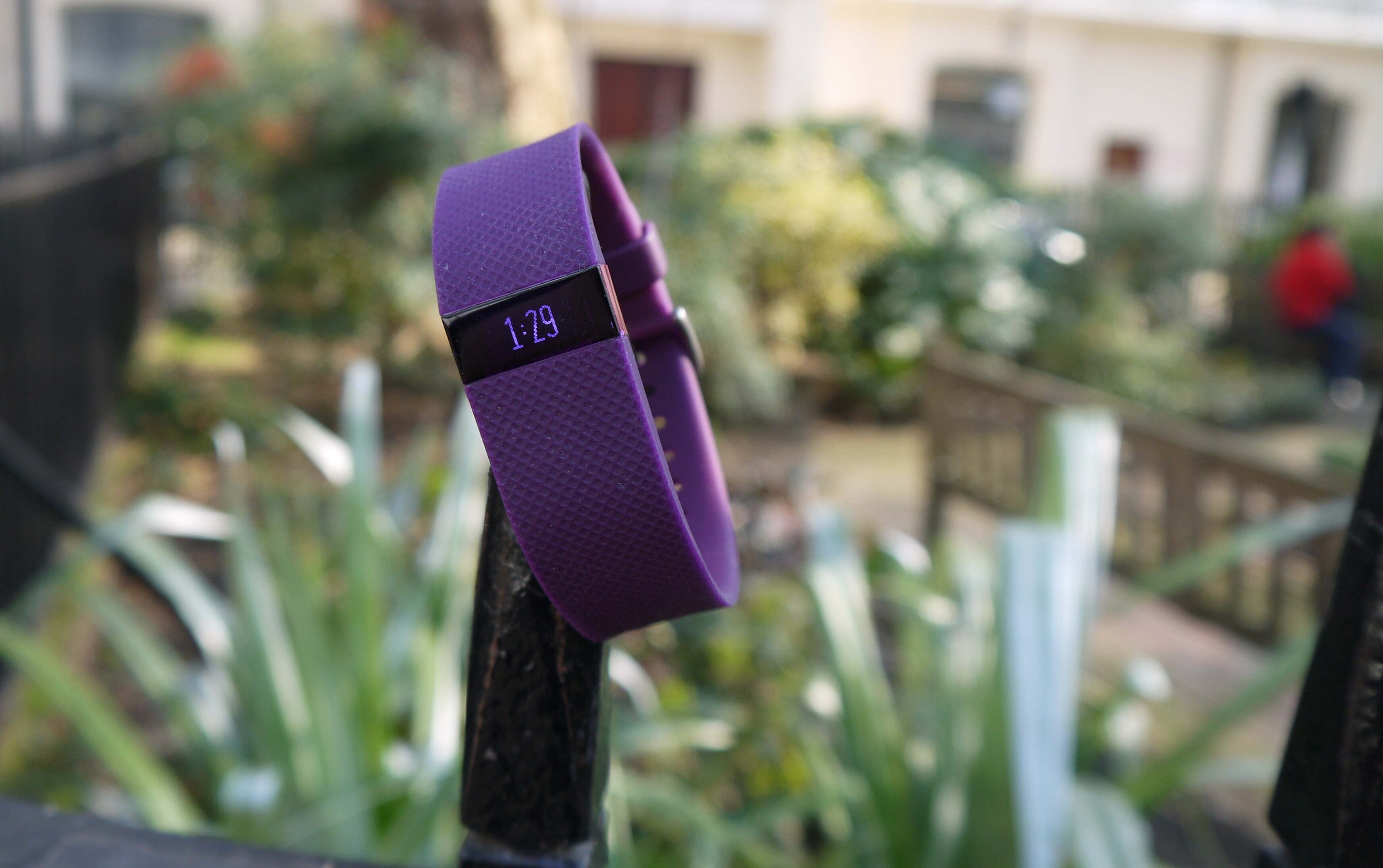Introduction
Wearable technology has revolutionized the way we approach fitness and health tracking. Among the myriad of options available, Fitbit has emerged as a popular choice for individuals keen on monitoring their physical activity. The Fitbit's step tracking feature is particularly appealing, as it provides users with valuable insights into their daily movement and exercise routines. However, despite its advanced technology, Fitbit devices are not immune to occasional tracking issues. When users notice discrepancies in their step counts or encounter irregularities in the tracking accuracy, frustration and confusion can quickly set in.
In this article, we will delve into the common step tracking issues that Fitbit users may encounter, along with practical troubleshooting steps to address these challenges. Whether you're a seasoned Fitbit enthusiast or a newcomer to the world of wearable fitness technology, understanding these issues and their solutions can help you make the most of your Fitbit experience. Let's explore the potential stumbling blocks that can affect Fitbit step tracking and unravel the strategies to overcome them.
Common Fitbit Step Tracking Issues
-
Inaccurate Step Counts: Fitbit users may encounter instances where the step count displayed on their devices does not align with their actual physical activity. This discrepancy can be frustrating, especially for individuals who rely on precise tracking to monitor their daily exercise goals.
-
Missed Steps: Another common issue involves missed steps, where the Fitbit fails to register certain movements, leading to an incomplete representation of the user's physical activity. This can be particularly problematic during activities such as walking or running, where every step counts towards overall progress.
-
Overcounting Steps: Conversely, some users may notice an overcounting of steps, where the Fitbit registers movements that do not correspond to actual steps taken. This can inflate the daily step count and distort the user's perception of their true activity level.
-
Sporadic Tracking: Fitbit devices may exhibit sporadic tracking behavior, where step counts fluctuate unpredictably or fail to register any movement for extended periods. Such inconsistencies can undermine the reliability of the tracking data and hinder users from accurately assessing their activity patterns.
-
Challenges in Specific Activities: Certain activities, such as cycling or weightlifting, pose unique challenges for Fitbit step tracking. The device may struggle to accurately capture movements associated with these activities, leading to incomplete or inaccurate step counts.
-
Battery Drain Impact: In some cases, Fitbit step tracking issues may be exacerbated by low battery levels or power-related issues. A depleted battery can compromise the device's tracking capabilities, resulting in unreliable step counts and diminished overall performance.
Understanding these common Fitbit step tracking issues is essential for users striving to optimize their fitness monitoring experience. By recognizing these challenges, individuals can take proactive steps to address them and ensure more accurate and consistent tracking results.
Troubleshooting Steps for Fitbit Step Tracking Issues
Addressing Fitbit step tracking issues requires a systematic approach to identify and resolve the underlying causes. By implementing the following troubleshooting steps, users can effectively navigate through common challenges and optimize the accuracy of their step tracking experience.
1. Verify Wrist Placement
Ensuring the proper placement of the Fitbit device on the wrist is crucial for accurate step tracking. Users should wear the device approximately one finger's width above the wrist bone to enhance motion detection and minimize tracking errors.
2. Update Firmware and Software
Regularly updating the Fitbit firmware and mobile app can address potential bugs or performance issues related to step tracking. Checking for available updates and installing them can improve the overall functionality of the device.
3. Calibrate Stride Length
Calibrating the stride length within the Fitbit app can enhance the accuracy of step tracking, especially for activities such as walking or running. By inputting the correct stride length, users enable the device to more precisely calculate step counts based on their individual gait.
4. Restart the Fitbit Device
Performing a simple restart of the Fitbit device can often resolve temporary tracking discrepancies. Users can restart their device by following the manufacturer's recommended procedure, which may involve powering off and then restarting the device.
5. Check for Interference
External factors such as magnetic interference or proximity to electronic devices can disrupt the Fitbit's motion sensors, leading to inaccurate step counts. Users should be mindful of their surroundings and avoid potential sources of interference during tracking activities.
6. Monitor Battery Health
Maintaining adequate battery levels is essential for optimal Fitbit performance. Users should regularly monitor the battery status and ensure timely recharging to prevent power-related issues that could impact step tracking accuracy.
7. Engage in Diverse Activities
Incorporating a variety of physical activities can help the Fitbit device adapt to different motion patterns, potentially improving its tracking precision. By engaging in activities such as walking, jogging, and stair climbing, users can provide the device with diverse movement data for enhanced accuracy.
8. Reach Out to Fitbit Support
In cases where persistent step tracking issues remain unresolved, reaching out to Fitbit's customer support can provide valuable assistance. The support team can offer personalized guidance and troubleshooting strategies tailored to the specific challenges encountered.
By systematically applying these troubleshooting steps, Fitbit users can proactively address step tracking issues and optimize the reliability and accuracy of their fitness monitoring. Embracing a proactive mindset and leveraging the available resources can empower users to fully harness the potential of their Fitbit devices, enabling them to track their physical activity with confidence and precision.
Conclusion
In conclusion, the journey of utilizing Fitbit devices for step tracking is not without its challenges. From inaccurate step counts to sporadic tracking behavior, users may encounter various obstacles that can impact the reliability and precision of their fitness monitoring. However, armed with a deeper understanding of these common issues and the corresponding troubleshooting strategies, Fitbit users can navigate through these hurdles with confidence and resilience.
The troubleshooting steps outlined in this article serve as a valuable toolkit for addressing Fitbit step tracking issues. By verifying wrist placement, updating firmware and software, calibrating stride length, and monitoring battery health, users can proactively enhance the accuracy of their step tracking experience. Additionally, staying mindful of potential interference and engaging in diverse activities can further contribute to optimizing Fitbit's tracking capabilities.
It's important to emphasize that persistence and adaptability are key virtues when dealing with Fitbit step tracking challenges. Users should approach these issues with patience and a willingness to explore different strategies until they find the most effective solutions for their specific circumstances. Furthermore, leveraging the support resources provided by Fitbit can offer personalized assistance and guidance, ensuring that users receive the necessary help to overcome persistent tracking issues.
Ultimately, the goal of addressing Fitbit step tracking issues is to empower users to embrace a more informed and effective approach to their fitness and wellness journey. By overcoming these challenges, individuals can gain a deeper appreciation for the capabilities of their Fitbit devices and leverage them as valuable tools for tracking their physical activity with precision and confidence.
As technology continues to evolve, it's likely that Fitbit and other wearable fitness devices will undergo further advancements, potentially mitigating many of the current tracking issues. However, the fundamental principles of proactive troubleshooting and adaptive problem-solving will remain essential for users seeking to optimize their fitness tracking experience.
With a resilient mindset and a proactive approach to addressing step tracking challenges, Fitbit users can unlock the full potential of their devices, enabling them to stride confidently towards their fitness goals with accurate and reliable step tracking at their fingertips.






















